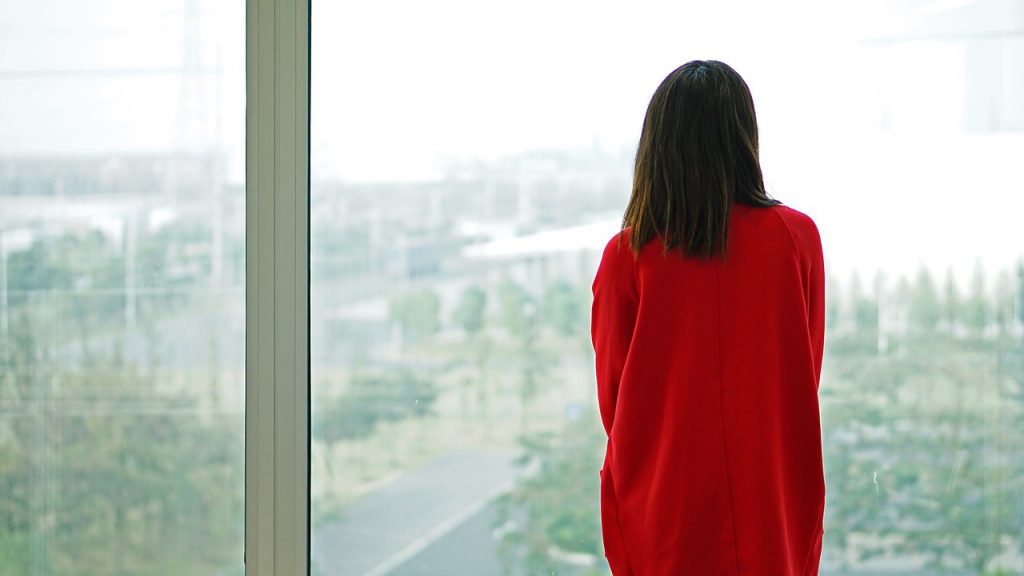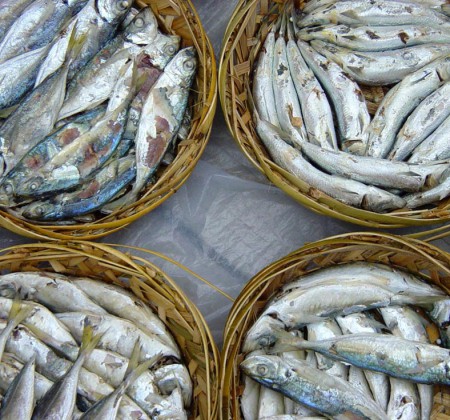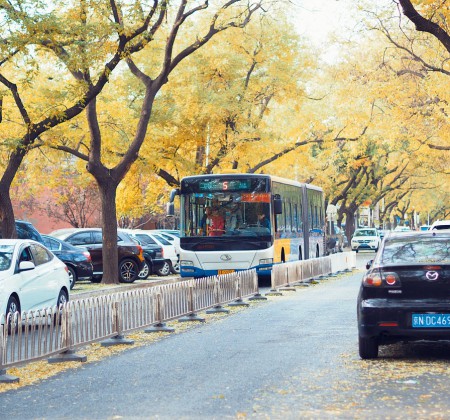What Colors Are Offensive in China?
In China, yellow represented the special color of emperors in ancient times, but it is still regarded as the color of aristocrats. However, with the obscene materials being labeled “yellow”, the meaning of yellow has changed greatly, which is also worth paying attention to. Black is regarded as counter-revolutionary, dark and illegal, and it is a color that Chinese people hate. Blue is increasingly seen as an advanced, cutting-edge, modern and IT tone.
In addition, green is also a kind of “derogatory” in the minds of the Chinese people.
- 1. The implication of “green hat”。
In China, green hat means that the spouse is having an affair.
- 2. an indication of a decline in the stock market.
In China’s stock market, red represents rising, green represents falling, and even many people who speculate in stocks do not wear green clothes or decorate their homes without green. Interestingly, this is contrary to international regulations.
Why Do Chinese People like Red?

So why do Chinese people love red? In fact, there are many kinds of answers, but it is up to the reader to decide which one is more convincing.
In ancient China, there was a kind of sun worship, and the color of the sun was red. It is said in the book that the sun is virtuous, the moon is punishment, everything dies when the moon returns, and everything lives when the sun returns. When people see the vibrant appearance under the sun, they have a kind of worship, and they use red to represent the sun, so red is very popular.
Another theory can be traced back to the fact that Suìrénshì drilled wood to make fire. The discovery of fire changed people’s lives, that is, people are no longer afraid of the cold, no longer afraid of wild animals, no longer feed on raw meat, so that human beings have been multiplied for a long time, and that China is no longer shrouded in darkness. Therefore, the red color of the flame is loved only by the Chinese people.
However, some folklorists hold another point of view. They think that red is so popular among Chinese people because it can ward off evil spirits! I believe we have all heard the legend of “Nian”, and what monsters fear most in this legend is red, so every household is decorated with lanterns, everywhere is red, and even firecrackers are red. So red for the Chinese people is more like an auspicious color for psychological comfort, which has been respected by later generations.
Why Do Chinese People like Red so Much?
As a Chinese, I believe everyone is no stranger to red. In China, Chinese knots are red, people wear red clothes for weddings, and even folk rumors wear a pair of red underwear in the animal year. Internationally, red has become a label in China, and Chinese red is loved by overseas countries. You can imagine how important the color is to the country by adding the current suffix of a country in front of it, and this country also gives a lot of meaning to the color. As we all know, it means auspicious and festive. So why is red so important? Let’s ask the editor to give us a chat.
First of all, let’s start from ancient times, why did our ancestors like red? There are two main reasons: one is the ancestors’ worship of the sun, fire and blood, because solar energy makes plants grow, fire can drive away wild animals, and blood represents people’s lives. Coincidentally, these three things are all red, so the ancestors transferred their awe of nature and life to the worship of red. The second reason why ancestors like red is very simple and rough, just because red is easier to get from nature. Red can be extracted from safflower, cinnabar, red iron, alizarin, and so on. And these things are everywhere, so the ancestors dyed everything red, and the murals left to us are all red.
Why Do Chinese People like Red Clothes?
Red coruscates the true oriental amorous feelings. Although red is a very beautiful color, how to use it well is also very skillful. We can use the complementary role of color to complete it. First of all, the application in the operating room: the doctor’s eyes are prone to fatigue when seeing red blood in a large area for a long time, so the surgical clothes are now designed to be green or blue, effectively neutralizing the visual fatigue to color. In the catering industry, red meat is always combined with bright ecological green. For example, the display of lamb slices with lettuce leaves will highlight red and green, but if pink and brown of the same color are used to match red, it will look dim and have no appetite. Because of the dazzling nature of red itself, it is best to make use of the complementary role of color in clothing and other aspects of “embellishment for beauty”, which is precisely the truth of “safflower and green leaves lining”.
Our Chinese nation likes red, not only in occasions such as festivals and celebrations, but also in wedding customs, rituals and music, but also has the function of exorcising evil spirits and expelling epidemics, at the same time, it is also the most perfect color in the eyes of the Chinese people. Chinese beautiful women are called beauties, and beautiful things like to be referred to as red. These national psychology has become a set trend, and today, our national flag is also red, and on the international stage, red has become the representative of the Chinese nation.
The Significance of Red in China
As a cultural totem and spiritual conversion of the Chinese people, the origin of Chinese red can be traced back to the pious worship of the sun god in ancient times. The sun symbolizes eternity, light, vitality, prosperity, warmth and hope. The Chinese red is the soul of the Chinese people, and the evolution of the red custom records the mental process of the Chinese people. after generations of inheritance, precipitation, deepening and sublation, the traditional essence has gradually evolved into the background of Chinese culture and is filled with an inextricably strong positive entry complex, symbolizing the national character of enthusiasm, forge ahead and unity. Chinese red absorbs the most vibrant elements of the rising sun, picks the most gorgeous and charming light of the sunset, transpirates the extreme temperature of the raging fire, condenses the thickest and most active ingredients in the blood, and mixes the most delicate emotions of Acacia beans. Imbued with the most mature late autumn image of maple leaves.
Chinese red (also known as crimson) is the bright red of the three primary colors, with this as the main tone to derive the Chinese red series: delicate durian, deep jujube, luxurious cinnabar, simple turbid clay red, vicissitudes of life rust red, bright cherry red, Mingyan carmine, shy scarlet and warm orange. Chinese red and blue, glass yellow, national locust green, gray of the Great Wall, black ink and white jade constitute a colorful traditional Chinese color landscape. Chinese Red is bold and bold as an epic; lyric freehand brushwork like flowing water; publicizing but not exaggerating, implicit but not obscure; both masculine and rough and feminine and round; with vulgar and elegant aesthetic taste, with ever-changing strokes, to depict the broad and profound Chinese culture and express the national psychology of praying for blessings and Yingxiang incisively and vividly. Chinese red means peace, auspiciousness, happiness, happiness, longevity, dignity, harmony, reunion, success, loyalty, courage, prosperity, romance, sexy, enthusiasm, richness, euphemism; it means Pepsi success, dispelling disease, good luck, abandoning evil and promoting good. The Chinese Red Bowl is filled with the antique flavor of Qin and Han dynasties, continues the style of Tang and Song dynasties, follows the brilliant context of Wei and Jin dynasties, and circulates the charm of Yuan, Ming and Qing dynasties. With its rich cultural connotation, it forms a complex Chinese knot, which highly summarizes the endless history of the descendants of the dragon.










